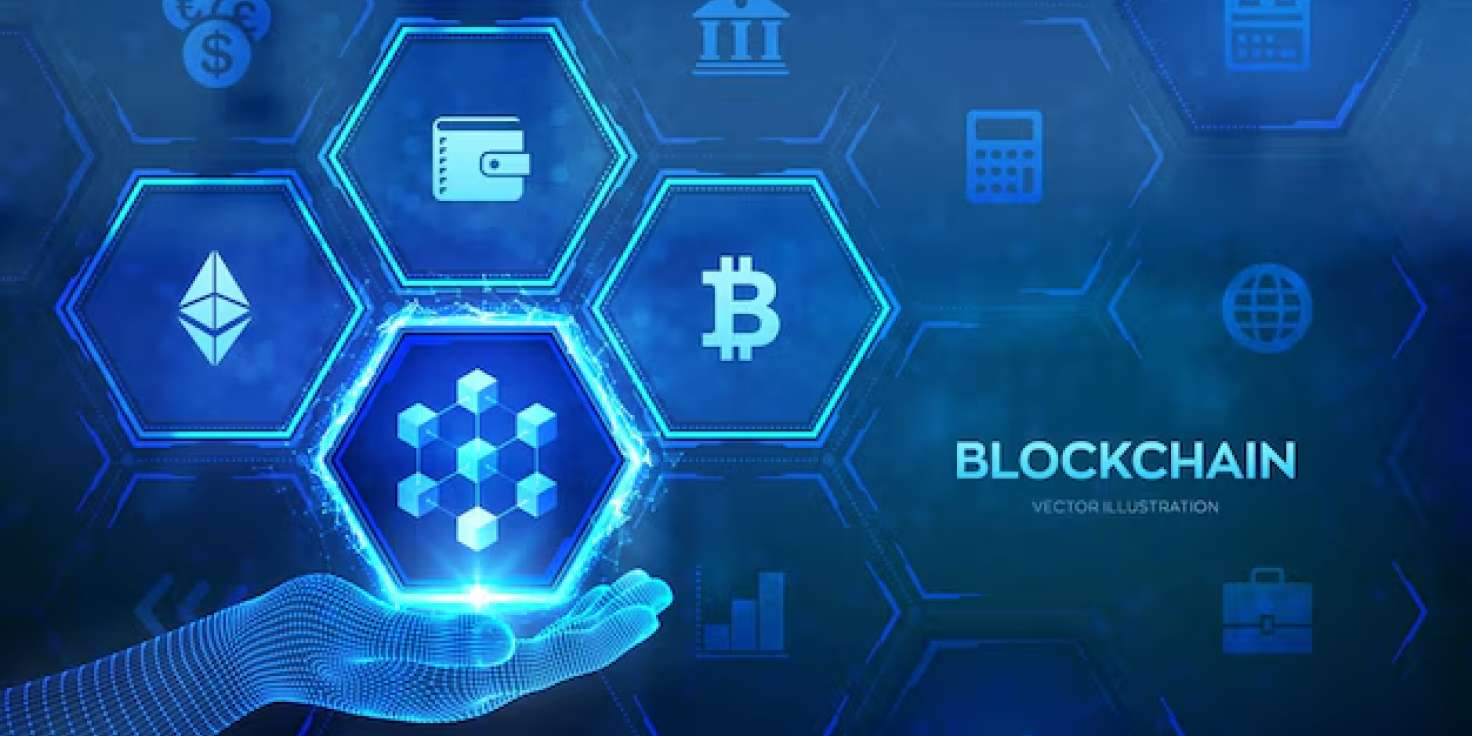Definition of Blockchain
Blockchain is a distributed, immutable digital ledger that records transactions and tracks assets in a transparent and tamper-proof way. Data is shared across multiple nodes, ensuring no single point of failure and enabling consensus-driven trust across participants.

 Blockchain Application Development
Blockchain Application Development
 Fintech Blockchain App Development
Fintech Blockchain App Development
 Hyperledger Application Development
Hyperledger Application Development
 STO Development Services Company
STO Development Services Company
 Exchange Development
Exchange Development
 Cryptocurrency Wallet Development
Cryptocurrency Wallet Development






